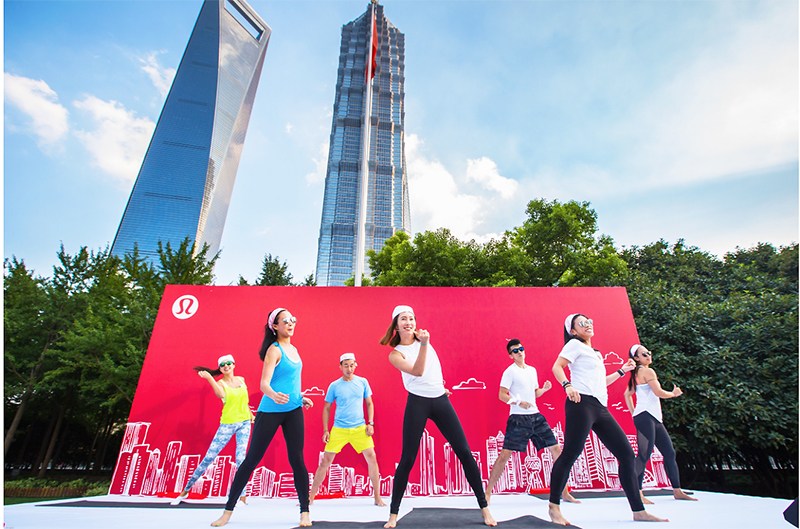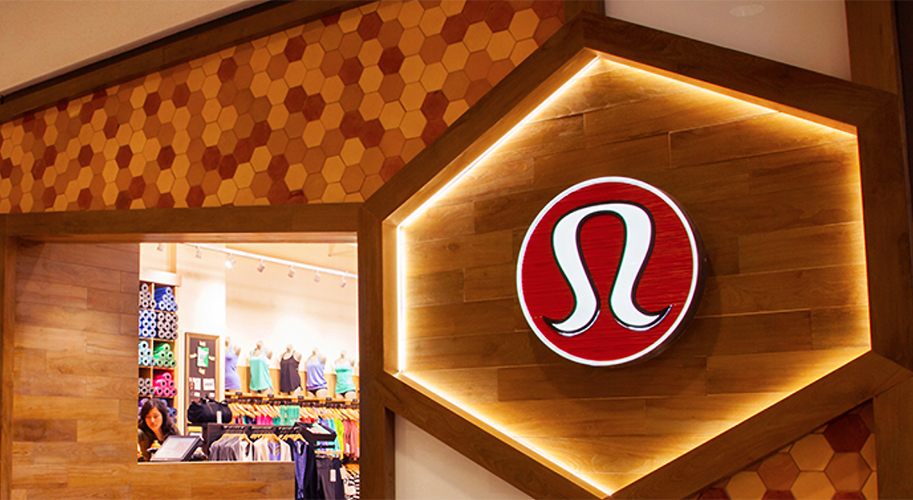<span style="color: #ababab;">Lululemon Inc. broke down their fiscal first quarter in three phases as COVID-19 cut into a quarter that started strongly across the business and evolved into primarily an e-commerce play by quarter-end on May 2. All of its company stores in North America, Europe and certain countries in the Asia Pacific region were closed for a “significant portion” of the quarter.
On a conference call with analysts, CEO Calvin McDonald explained that during Phase One, or the pre-COVID time period, the company was pleased with the momentum it carried into the quarter. “Building off of our strong quarter-four performance, our business accelerated through early March with total comps increasing over 20 percent,” McDonald reported. “We saw strength in all of our regions except Asia, which was already experiencing the effects of the virus by this time.”
McDonald went on to say that in mid-March it entered what it referred to as Phase Two as COVID-19 spread worldwide.
“We moved quickly to protect our people and guests by closing the majority of our stores,” he said. “While guests in North America and Europe were just beginning to deal with COVID-19, guests in China were beginning to move into the recovery phase.” Total comps in China were said to be positive in March with strength in the LULU e-commerce business offsetting continued declines in its stores. “During this period, as our stores started closing globally, our e-commerce growth began to accelerate,” he explained.
In late March and April, McDonald said LULU moved into Phase Three, or the early recovery phase. He said, “A new normal emerged and we were encouraged to see how quickly our guests were embracing both working and sweating from home. We saw a significant acceleration in sales trends that resulted in a 125 percent e-commerce comp for the month of April with this momentum continuing into the second quarter.”
During Phase Three the company’s overall business in China accelerated further as consumers began to feel more comfortable returning to the stores. Total comps in China increased in the low-teens in April and have reportedly further improved into the fiscal second quarter.
Subsequent to May 3, the company began reopening its retail locations in most markets in line with the guidance from local authorities. As of June 10, 295 of its company-operated stores were reportedly open, or just over 60 percent of their 489 stores at quarter-end. Store productivity is running in the 75-to-100 percent range.

<span style="color: #ababab;">Lululemon store square footage increased 15 percent versus last year driven by the addition of 34 net new stores since the year-ago quarter. During the quarter, LULU opened four new stores, two in Mainland China, one in South Korea and one in Hong Kong. Excluding the temporary closures related to COVID-19, the company closed six stores in the quarter, which were said to be predominantly the Ivivva branded store closures which it had planned. None of the permanent store closures were related to COVID-19. It also completed three planned optimizations.
To further emphasize how the Lululemon brand fared in the first quarter, McDonald shared that in the athletic apparel space the brand saw “one of our largest quarterly gains in market share in recent years according to NPD data.”
Net revenue for the first quarter ended May 3 was $652.0 million, a decrease of 17 percent (-16 percent currency-neutral) from the year-ago quarter. Direct-to-consumer (DTC) net revenue increased 68 percent, or increased 70 percent on a constant dollar basis, to $352 million. DTC represented 54.0 percent of total net revenue compared to 26.8 percent of revenue in the comparable quarter last year. E-commerce comps were up 125 percent in April, and that triple-digit trend line is seen continuing into the second quarter.
Traffic and conversion increased over 40 percent and 25 percent, respectively, in Q1. Traffic was said to be driven by “channel shift coupled with investments in digital marketing and conversion” driven by consumer response to Lululemon products and the investments it have made in its global digital platforms to improve “guest experience.”
In China, where stores have been up and running the longest, management said it has seen store comps increase approximately 20 percent in recent weeks. Lululemon officials said they are also pleased with the early response in North America which is exceeding expectations. The digital business has apparently remained strong throughout as LULU has continued to invest in its online and fulfillment experience.
Gross margins contracted 260 basis points in the quarter to 51.3 percent of sales and are expected to be down more in Q2 than in the first quarter. Diluted earnings per share were 22 cents in Q1 compared to 74 cents in the first quarter of fiscal 2019.
LULU ended the quarter with $823.0 million in cash and cash equivalents, and the capacity under its committed revolving credit facility was $398.2 million, compared to $576.2 million in cash and cash equivalents at the end of the year-ago quarter. Inventories increased 41 percent to $625.8 million at quarter-end, but management noted that 40 percent is core product with limited markdown risk and inventory growth should ease through the current quarter but could still be potentially higher at second quarter-end.
Looking ahead, LULU anticipates the trend in total revenue growth to “improve sequentially” throughout the remainder of the year. Total revenue in the second quarter could decline in the high-single-digits, improving to a high-single-digit increase in the fourth quarter. The company expects revenue in its digital channel to remain strong in fiscal Q2 but moderate in the second half as the store business continues to recover. LULU is estimating in Q2 and Q3 EPS rate declines relative to last year with a return to EPS growth in Q4. The Q2 declines will likely be better than the declines in Q1 although Meghan Frank, SVP, financial planning and analysis, said it’s “likely worse than what is implied by current Q2 FactSet consensus estimates.”
Photos courtesy Who Knows China and Jing Daily
















